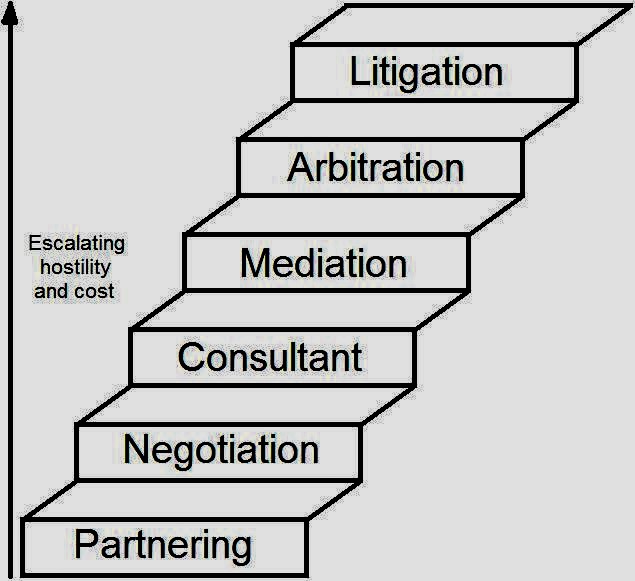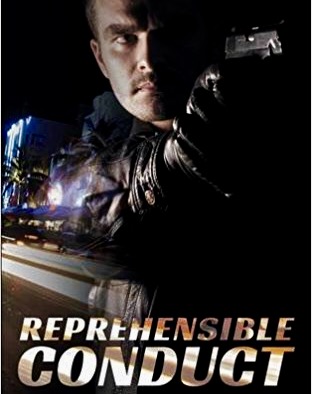Teixeira v Markgraf 2017 ONCA 819 dealt with the issue of inter vivos gifts of cheques.
In the Teireira case the plaintiff was given a cheque to cash as a gift several days before the death of the bank account holder.
The cheque was for $100,000 but there was only $84,000 in that particular account the cheque was issued on but there were other monies on deposit that the bank refused to transfer to make up the $100,000 without the express permission of the account holder.
The recipient of the cheque sued the bank and lost both at trial and on appeal.
The application judge was correct in holding that that the cheque was a gift inter vivos and that the law of gifts applied to the facts of this case.
37 The absence of consideration is one of the central indicia of a gift at law. By its very nature, a gift is a voluntary transfer of property to another without consideration: McNamee v. McNamee, 2011 ONCA 533, 106 O.R. (3d) 401, at para. 23. In Peter v. Beblow, [1993] 1 S.C.R. 980, McLachlin J. (as she was then) described the “central element of a gift at law” as the “intentional giving to another without expectation of remuneration”: at pp. 991-2.
38 The three elements of a legally valid gift identified by the application judge and referred to at para. 10, above, are well established:
(1) an intention to make a gift on the part of the donor, without consideration or expectation of remuneration;
(2) an acceptance of the gift by the donee; and
(3) a sufficient act of delivery or transfer of the property to complete the transaction: McNamee v. McNamee, at para. 24. All three requirements are essential: Mary Jane Mossman & William F. Flanagan, Property Law: Cases and Commentary, 2nd ed. (Toronto: Emond Montgomery Publications Limited, 2004), at p. 441.
39 The first two elements are not at issue on this appeal. The central issue here is whether the delivery of the cheque for $100,000 into the hands of the appellant could be a sufficient act of delivery of the gift. The wrinkle in this case is that there were insufficient funds in Mary’s account.
Delivery
40 The delivery requirement has been a part of the modern law of gifts since the seminal case of Irons v. Smallpiece (1819), 2 B. & A. 551. The delivery requirement is an important distinguishing feature of gifts as compared to other methods of transferring property, such as by contract. As Mossman and Flanagan note in Property Law: Cases and Commentary, at p. 442:
The delivery requirement marks an important difference between contract law and the law of gifts. A contract involves an exchange of promises. A gift, a unilateral promise, does not. Contract law will enforce an exchange of promises (a “bargain” promise) with expectation damages. On the other hand, the law of gifts attaches no significance to a unilateral promise to pay in the absence of delivery.
41 The delivery requirement in the law of gifts continues to serve several important functions. It forces a would-be donor to consider the consequences of their expressed intention to make a gift and it furnishes tangible proof that a gift has in fact been made: see Bruce Ziff, Principles of Property Law, 6th ed. (Toronto, Thomson Reuters, 2014), at pp. 161-2. See also: Philip Mechem, “The Requirement of Delivery in Gifts of Chattels and of Choses in Action Evidenced by Commercial Instruments” (1926) 21 Ill. L. Rev. 341, at pp. 348-352.
Indicia of delivery
42 The most obvious form of delivery is the actual physical transfer of the subject matter of the gift from the donor to the donee such that the gift is literally given away: see Ziff, at p. 161.
43 However, in certain circumstances, such as where the item is unwieldy, courts have acknowledged that constructive delivery will suffice. In these cases, the critical questions have been whether or not the donor retained the means of control and whether all that could be done had been done to divest title in favour of the donee: see Ziff, at p. 165.
44 Ultimately, in order for a gift to be valid and enforceable, the donor must have done everything necessary and in his or her power to effect the transfer of the property: Kavanagh v. Lajoie, 2014 ONCA 187, 317 O.A.C. 274, at para. 13.
Gifts by Cheque
45 A gift of cash can be readily effected by delivery to the donee. But a gift of money by cheque can be problematic, due to the nature of a cheque. A cheque is not money. Nor is it a transfer of property. It is a direction by the drawer (the bank’s customer) to the drawer’s bank to pay a sum of money to the payee: Re Bernard (1911), 2 O.W.N. 716 (Div. Ct.), at p. 717. The direction can be revoked by the drawer at any time — for example, by a “stop payment” order, referred to in s. 167 of the BEA as “countermand”. Under s. 167, the bank’s authority to pay the cheque is terminated by countermand or when the bank receives notice of its customer’s death: McLellan v. McLellan (1911), 25 O.L.R. 214 (Div. Ct.), at p. 216; Re Beaumont, [1902] 1 Ch. 889, at p. 894.1
46 For these reasons, a gift by cheque is not complete when the cheque is given to the donee. It is only complete when the cheque has been cashed or has cleared: see Ziff, at p. 166. Thus, in Campbell v. Fenwick, [1934] O.R. 692 (C.A.), a cheque given to the donee three days before the donor’s death and cashed a day before her death was found to be a valid inter vivos gift of the amount of the cheque.
47 In Re Swinburne, above, a case strikingly similar to this one, the Court of Appeal for England and Wales held that the death of the donor ruins a gift inter vivos by way of cheque if the cheque is not deposited before the donor dies. There, the donor had given the defendant a cheque shortly before her death. The bank refused to honour the cheque because of concerns about the validity of the signature. Before anything else could be done, the donor died. On the date the cheque was presented, the donor had insufficient funds in her current account, on which the cheque was drawn, but sufficient money to cover the cheque in her deposit account. In light of evidence given by the bank that it might honour a cheque in such circumstances, the court considered the case as though the whole amount was in the current account.
48 Nonetheless, the court held that a gift inter vivos was not made out. In reaching this conclusion, Warrington L.J. wrote, at p. 44:
[I]n order to make an effectual gift inter vivos there must be an actual transfer of the subject of the gift or of the indicia of title thereto. A cheque is not money. It is not the indicia of title to money. A cheque is nothing more than an order directed to the person who has the custody of the money of the [donor] requiring him to pay so much to the person in whose favour the cheque is drawn.
49 Similarly, in Re Bernard, above, the deceased had written a cheque for $1,000 payable to her sister and put it in her “cash box” with a note that her sister should present the cheque one month after her death. She gave the key to the box to her niece, with instructions to give it to her solicitor after her death. The box was duly opened after her death and the cheque was discovered. Chief Justice Mulock held that the donee could not enforce her claim, stating, at p. 717:
A cheque is not a chose in action, but merely a direction to some one, who may or may not have in his possession funds of the drawer authorising him to pay to the payee a certain sum of money. Death of the drawer before presentation revokes such authority. Thus in this case the claimant is met with two difficulties, each fatal to her claim: one being that the cheque not having been acted upon by acceptance or payment, never lost its primary character of a mere cheque, which is not a chose in action, and is not the subject of donatio mortis causa; and the other being that the testatrix’s death revoked the banker’s authority to pay the cheque.
50 The appellant argues that death only terminates the bank’s authority to pay on a cheque, not the drawer’s duty to pay, citing Crawford’s The Law of Banking and Payment in Canada. While this statement of the law is correct with respect to the authority of the bank, there must still be some independent duty to pay in order for the payee to be able to enforce a claim against the estate. As Crawford goes on to state, in the same passage cited by the appellant, at p. 34-54.1:
However, since the bank has no duty to anyone but its customer to pay, unless it has certified the cheque . . . , the only recourse available to the holder is action against the estate, assuming that the liability continues under the applicable provincial law dealing with successions. If the holder is not a holder for value, as where a gift or donatio mortis causa has been attempted, he may retain proceeds collected before the bank learned of its customer’s death, but will be unable to compel completion by payment thereafter, at least in any common law province. [Footnotes omitted.]
51 The appellant also cites Campbell v. Fenwick, above, in support of the contention that death terminates any power of revocation of a cheque by the estate of the donor and leaves the original gift in full vigour and effect. However, in Campbell v. Fenwick, the donee had successfully deposited the cheque the day before the death of the donor and the estate was trying to recover the funds. The gift inter vivos was therefore complete and death did not intervene. Indeed, the donee in that case had learned that a cheque would be revoked by death and knew the importance of having the cheque cashed during the donor’s lifetime. She deposited the cheque the day after she received it for this reason.
52 I conclude that the application judge was correct. The purported gift of $100,000 by way of cheque failed because it was not delivered before the bank received notice of Mary’s death.










